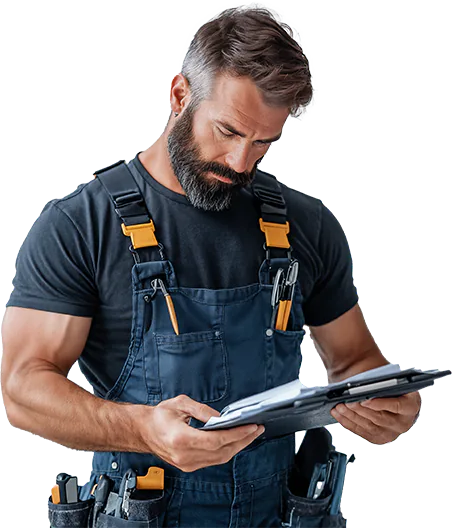UL-Listed Custom Infrared Inspection Solutions for QED2 Switchboards
In this article:
“Low Voltage” typically means higher current and higher current means higher “I-squared R” losses in conductors. It also means a higher likelihood that the transitions where one conductor type meets another will, due to load-induced thermal cycling and slightly different coefficients of thermal expansion of dissimilar materials, loosen over time and become even higher resistance. Left unchecked, this increases system losses and decreases electrical system efficiency. It will also lead to overheating and failure of the connection, with unscheduled downtime and expensive repairs being the result. By far, the best way to detect these loose connections is by using infrared thermography. The most common places we see problems are where multi-strand cables land in fuse holders and circuit breakers.
It is our estimation that 60% of electricity in industrial and commercial buildings passes through an LV switchboard before eventually getting those electrons down to the point of use, where they are converted into heat, light, or magnetic fields and motion. Switchboards are full of circuit breakers connected to the power cabling that then feed out to the various loads. This makes for A LOT of potential points of failure all in one electrical asset and makes it critical that these connections are periodically inspected. However, doing so safely and economically is a challenge because the connections in question are behind enclosure panels that we can’t see. Thermography requires line of sight to the targets and must be done with the equipment energized and under “normal” load conditions, but we also have to follow the rules of keeping equipment closed and guarded whenever possible. NFPA 70E strongly discourages any kind of open panel energized work, even with the proper PPE. So, how to overcome this conundrum?
For one very common design of Switchboard, the Square D (by Schneider Electric) QED2 Switchboard family, IRISS has developed a range of custom replacement panel solutions for just this purpose. QED2 is configured with breakers in single or double vertical stacks with sheet metal gutter covers. For single stack lineups, the Left-Hand gutter cover conceals the load side cabling coming off of the breakers – these are the connections we want to be able to IR scan. For double vertical stack lineups, both the Left and Right-Hand gutter covers conceal the connections we want to monitor. There are about a dozen different standard widths for these gutter covers, and IRISS has FlexIR replacement panel designs for all of these, but that then include a full-height Infrared viewing pane and latching cover. Installation of the replacement panels can be done in a matter of 3-4 minutes, and the replacement panels are fully UL-listed as enclosure accessories and enable IR scanning of the cable connections.
In addition, you may find that sometimes you have small frame breakers that makeup part of the vertical stack, and they are equipped with a blanking plate that snaps into the backside mounting rail of the gutter cover. These blanking plates cover the small frame breaker cable connections, but IRISS has developed replacement QwikFit blanking plates that are IR transmissive with a special IR polymer and IP2x-compliant touch-proof grill. QwikFit Blanking plates are available in two sizes for both standard breakers and breakers with electronic trip units and snap mounts in the same way as the factory original plates.
Both FlexIR replacement panels and QwikFit blanking plates are very economical, installed in minutes, and simple to size for your QED2 application. IRISS also has designs available for older models of Schneider Switchboards and I-Line Panelboards as well as for other OEMs, including Eaton and Siemens. For more information and pricing, please contact us at info@iriss.com or by calling (941) 907-9128 and asking for sales & technical support.
Related articles

Need help? Want more information?
No matter the size of your organization, we’ll work with you to create the perfect plan that aligns with your goals and budget. Explore how IRISS solutions can transform your operations by providing unparalleled features and benefits. Contact us today to get started with a personalized quote!